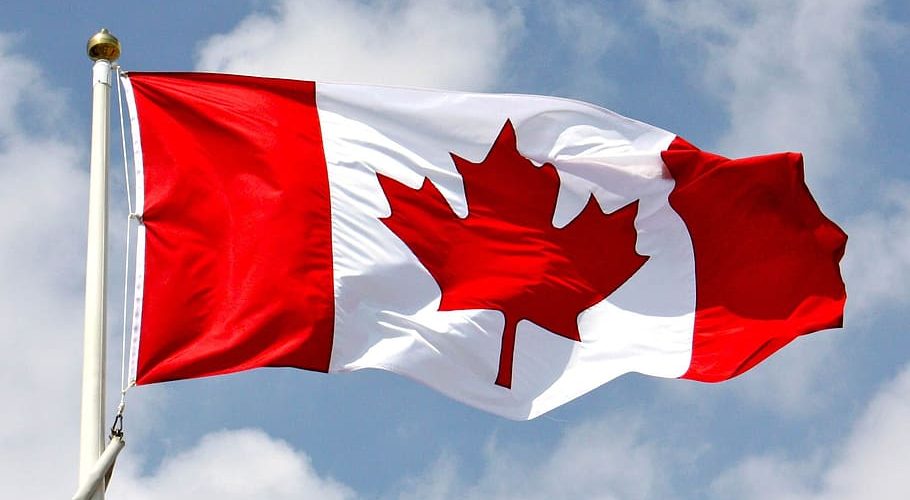the GST legislation in Canada is available on the website of the Department of Justice Canada. You can access it by visiting the following link:
Excise Tax Law including ”Consumption or Sales Tax”
This link will take you to the full text of the Excise Tax Act, which is the legislation that governs the GST (Goods and Services Tax) in Canada.
You can also access the regulations that supplement the Excise Tax Act on the same website, by clicking on the “Regulations” tab at the top of the page.
Additionally, the Canada Revenue Agency (CRA) website also provides information and resources on GST, including guides, forms, and other useful information. You can access the CRA’s GST/HST information by visiting the following link:
For more news on GST in Canada, click HERE
How does GST work in Canada?
The Goods and Services Tax (GST) is a value-added tax that is levied on most goods and services sold in Canada. The GST is administered by the Canada Revenue Agency (CRA) and is a key source of revenue for the federal government.
Here’s how the GST works in Canada:
- What is the GST rate in Canada? The current GST rate in Canada is 5%. However, some provinces have harmonized their provincial sales taxes with the GST, resulting in a Harmonized Sales Tax (HST). The HST rate varies by province and ranges from 12% to 15%.
- Who needs to register for GST? Businesses with annual sales of $30,000 or more are required to register for GST/HST. Some businesses may choose to register voluntarily, even if their annual sales are below the threshold, in order to claim input tax credits (ITCs).
- How is GST collected? Registered businesses charge GST/HST on most goods and services they sell. This tax is included in the selling price and is collected by the business. The business must then remit the GST/HST collected to the CRA on a regular basis.
- How are input tax credits (ITCs) claimed? Registered businesses can claim ITCs for the GST/HST they pay on purchases related to their business activities. These ITCs can be used to reduce the amount of GST/HST owed to the CRA.
- What are the GST/HST exemptions and zero-rated supplies? Certain goods and services are exempt from GST/HST, such as most health and medical services, educational services, and certain financial services. Zero-rated supplies, such as exports and basic groceries, are also exempt from GST/HST, but businesses can still claim ITCs for the GST/HST they pay on inputs related to these supplies.
- What is the difference between GST and PST? Provincial Sales Tax (PST) is a separate tax that is levied by some provinces on top of the GST/HST. Unlike the GST/HST, which is a federal tax, the PST is administered by each individual province. Some provinces have harmonized their PST with the GST to create an HST, while others continue to charge a separate PST.
That’s a brief overview of how the GST works in Canada.















